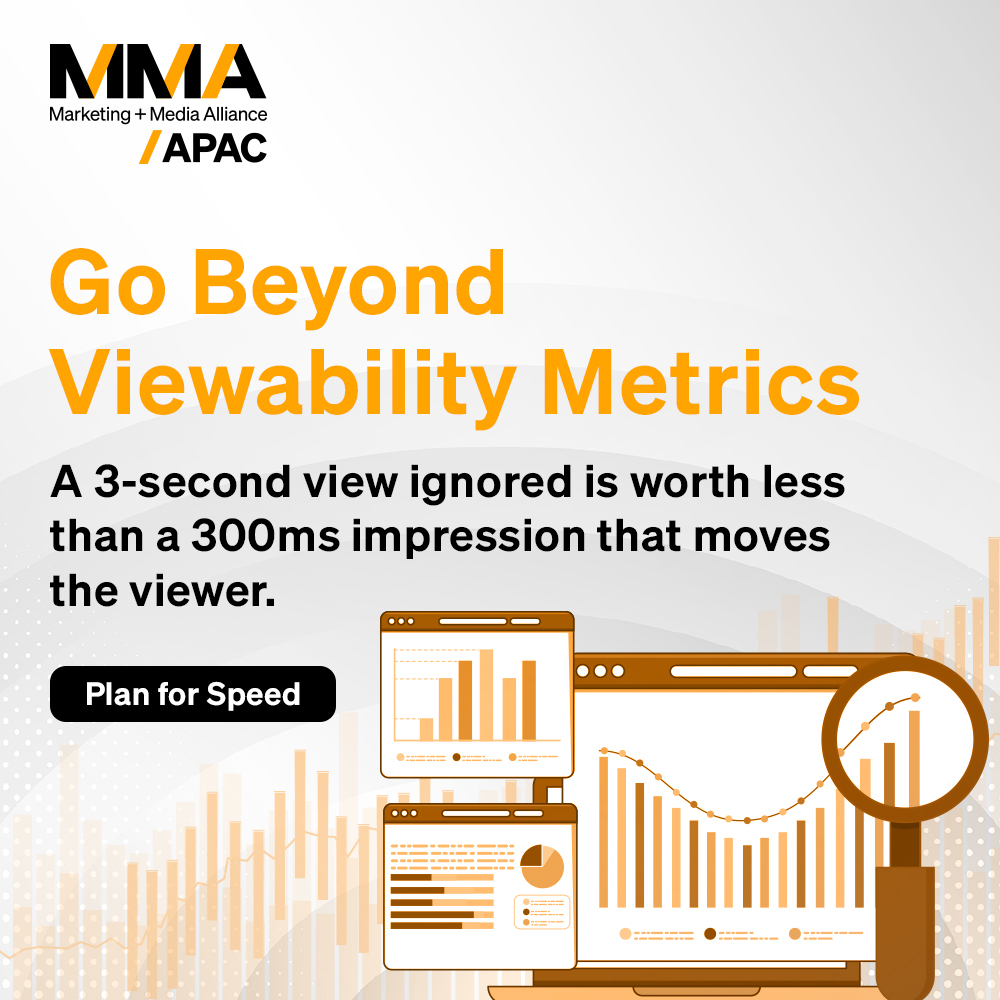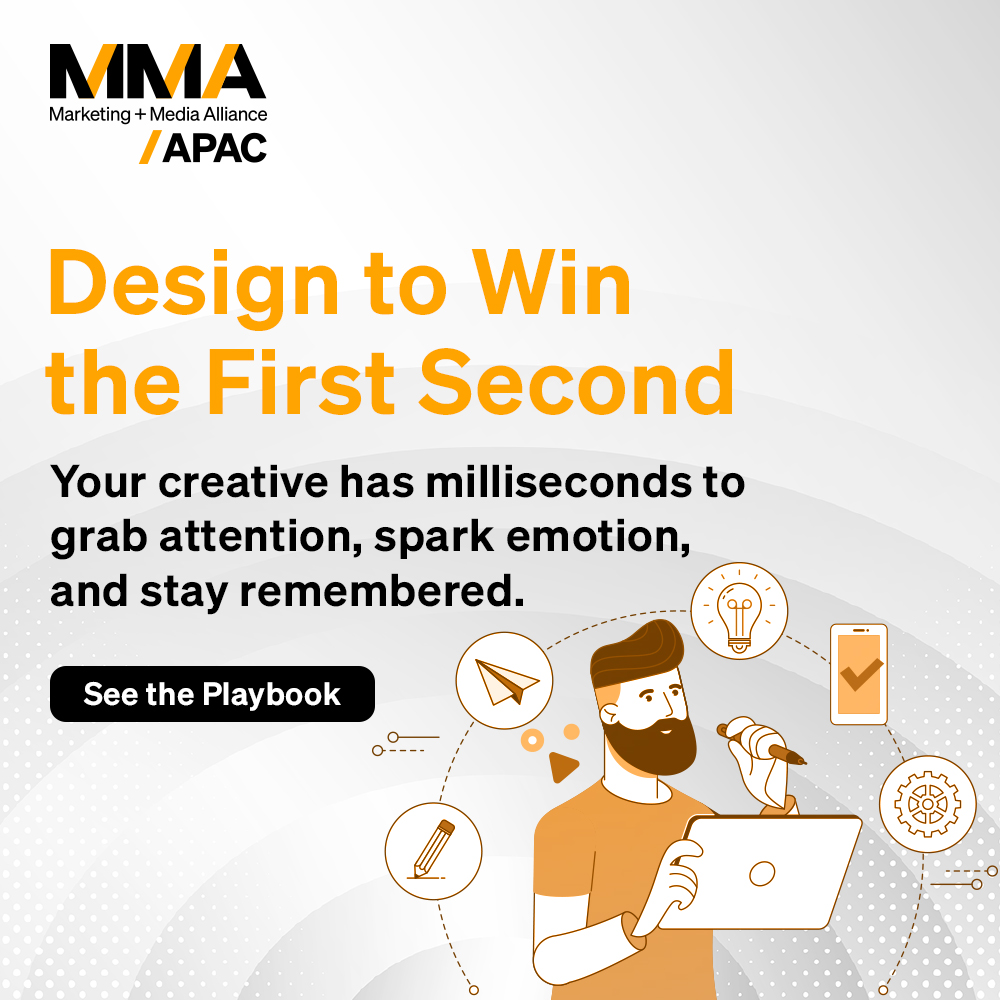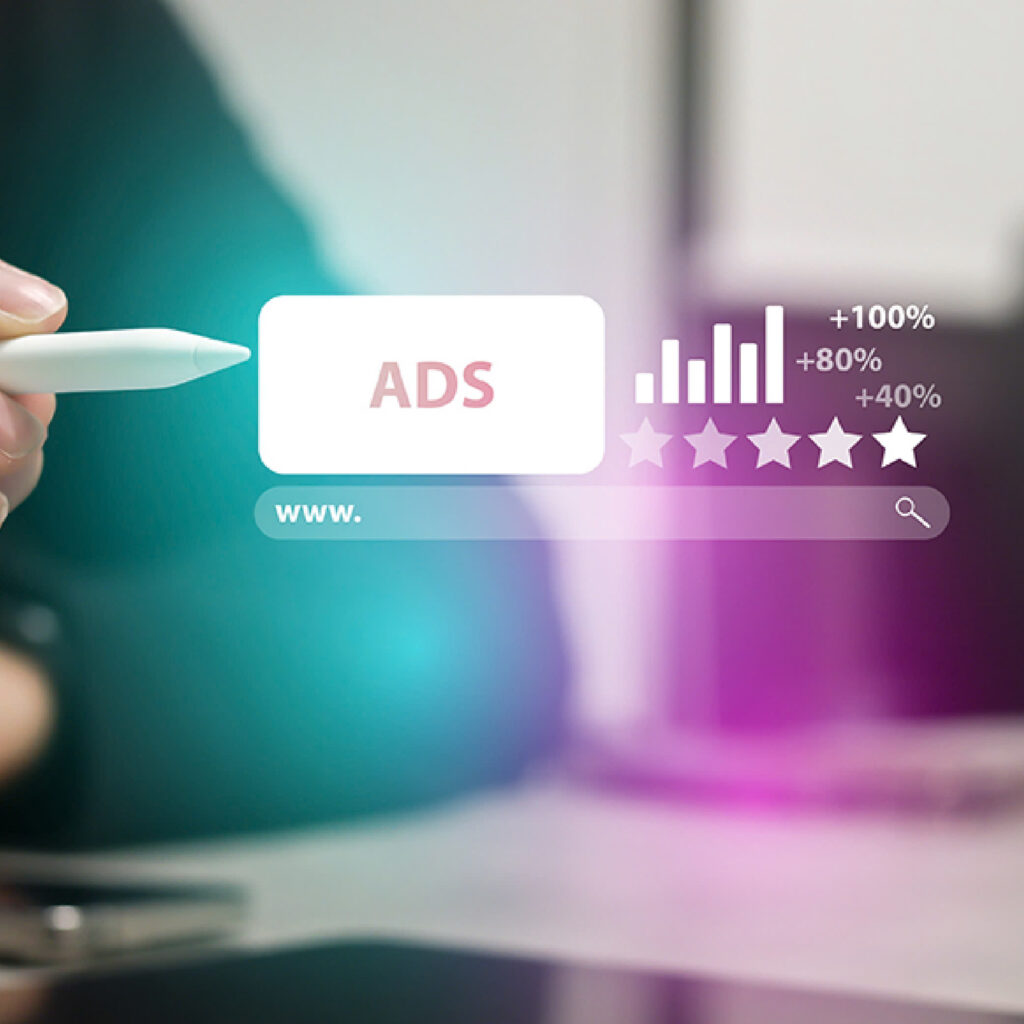
Rethinking Growth: Beyond Acquisition and Loyalty
For years, marketing strategies have revolved around two familiar poles: acquire new customers or retain the most loyal. But in between lies a segment with untapped potential—the Movable Middle. These are the customers who are neither brand loyalists nor uninterested but those sitting in the 20–80% range of purchase probability.
This segment is sizeable, reachable, and, most importantly, movable. And according to research from MMA Global and Neustar, they may hold the key to unlocking more efficient and scalable growth in today’s hyper-fragmented media landscape.
Why the Movable Middle Deserves Attention
Marketing budgets are under pressure. Customer acquisition costs are rising. Meanwhile, loyalty programs often yield diminishing returns from customers already inclined to purchase. That’s where the Movable Middle comes in.
Findings from MMA’s Outcome-Based Marketing 2.0 (OBM2) framework show that Movable Middles are five times more responsive to advertising than other segments. Brands targeting them saw up to 3.5x higher return on ad spend (ROAS) compared to those focusing on loyalists or low-interest audiences. In one case, a frozen pizza brand saw:
- +5.2% increase in purchases as a result of sharper targeting and personalized messaging aimed at customers with moderate brand affinity.
- +5.3% increase in retention, proving that once engaged, these customers are not just responsive but potentially loyal.
- 43.3% reduction in customer acquisition cost, underscoring the efficiency of reallocating spend to high-potential mid-tier segments.
In APAC, where digital adoption is high and attention is fragmented, this level of responsiveness and cost efficiency makes the Movable Middle an especially strategic segment.
Identifying Your Movable Middle
Movable Middles are defined not by traditional demographics but by probabilistic modeling—those with a 20–80% likelihood of converting. To find them, marketers need to move beyond static segmentation.
Use a combination of:
- 1st and 3rd party data to gather behavioral, transactional, and demographic insights. This multi-source approach creates a more complete and predictive customer profile.
- Purchase frequency and recency indicators to distinguish between one-time buyers and those showing upward potential in engagement or spend.
- Engagement signals from digital channels, including clickthrough rates, time-on-site, and content interactions, to surface active but non-committal consumers.
- Category or product affinity, derived from browsing, cart activity, or adjacent interest clusters, to identify customers on the cusp of conversion.
Tools like Neustar’s ElementOne, Meta’s Conversion API modeling, and CDP-integrated analytics platforms can help precisely isolate these segments.
Activating the Segment: From Insights to Impact
Identifying the segment is just the start. The real opportunity lies in activating Movable Middles through:
- AI-powered personalization: Go beyond first-name emails. Use behavioral and contextual signals to dynamically serve the right product, creative, or offer in real time, ensuring that your messaging adapts to the user’s stage in their decision journey.
- Predictive modeling: Anticipate the next steps in the user lifecycle—whether it’s cart abandonment recovery, timing of the next purchase, or cross-sell potential—and automate marketing actions accordingly.
- Journey orchestration: Ensure that Movable Middles receive a coherent experience across all touchpoints, from programmatic ads to CRM flows, optimizing both frequency and sequence of messaging.
- Incentive strategy: Offer value without eroding margin. Limited-time offers, loyalty previews, or contextual upsells can push hesitant buyers to act while testing which incentives trigger the strongest lift in conversion or retention.
Measuring Success with the Right Metrics
Generic KPIs won’t show the real impact of engaging the Movable Middle. Instead, focus on:
- ROAS by segment to understand how investment in the Movable Middle compares to other audiences and where optimizations should be made.
- Incremental revenue contribution, isolating the value specifically generated by Movable Middle conversions rather than blanket revenue growth.
- Change in purchase probability, using pre- and post-campaign lift analysis to track how effectively marketing shifted a customer’s likelihood to buy.
- CAC vs. CLV for mid-tier users to understand the long-term value and efficiency of engaging this segment over time.
Brands using OBM2 principles reported a 43% drop in CAC while driving higher conversion and retention through Movable Middle targeting.
The APAC Opportunity
In markets like Southeast Asia and India, where mobile penetration is high and consumer behavior varies dramatically across regions, the Movable Middle strategy offers a smarter way to localize growth without overspending.
By focusing on audiences close to conversion but not yet fully committed, brands can achieve faster campaign optimization, more consistent ROI, and deeper customer engagement without the heavy lift of top-funnel acquisition.
The Case for Moving the Middle
For CMOs looking to drive profitable growth in 2024 and beyond, the answer might not lie in casting a wider net or squeezing more from loyalists—it’s in activating the middle.
The Movable Middle is no longer a theoretical segment—it’s a proven source of scalable, efficient growth. And in an age of precision marketing, that’s the edge every brand needs.



















